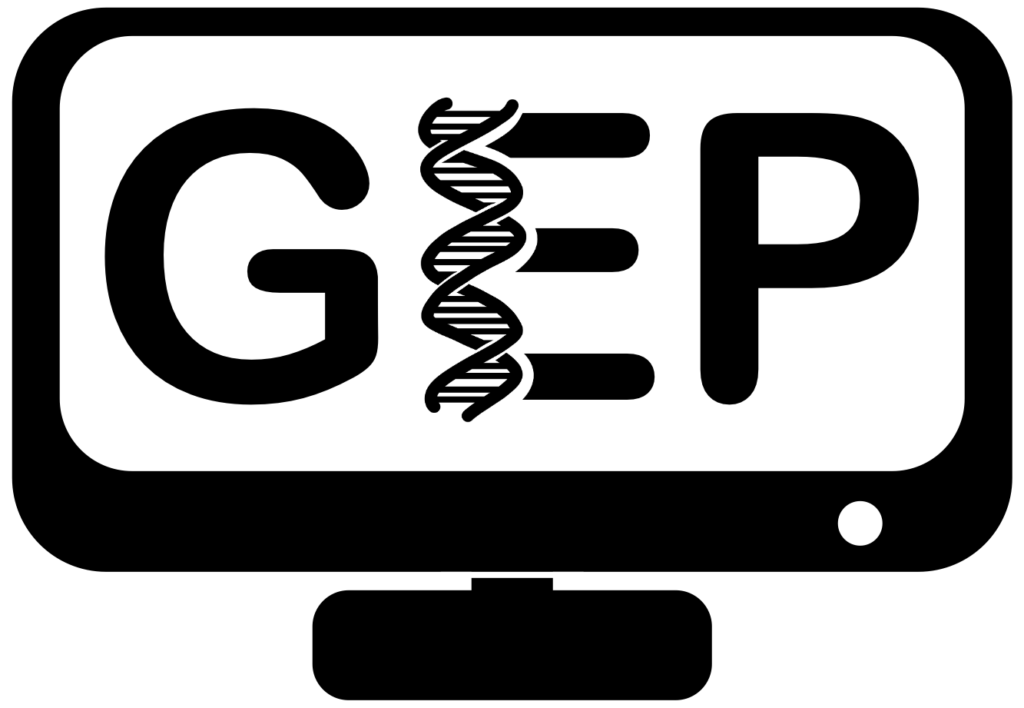A Simple Drosophila Fosmid
This fosmid from Drosophila virilis assembles into a single contig (a green clone). In this exercise, students will need to identify regions in the assembly where additional data is needed and design additional sequencing reactions to bring the contig up to quality standards.
